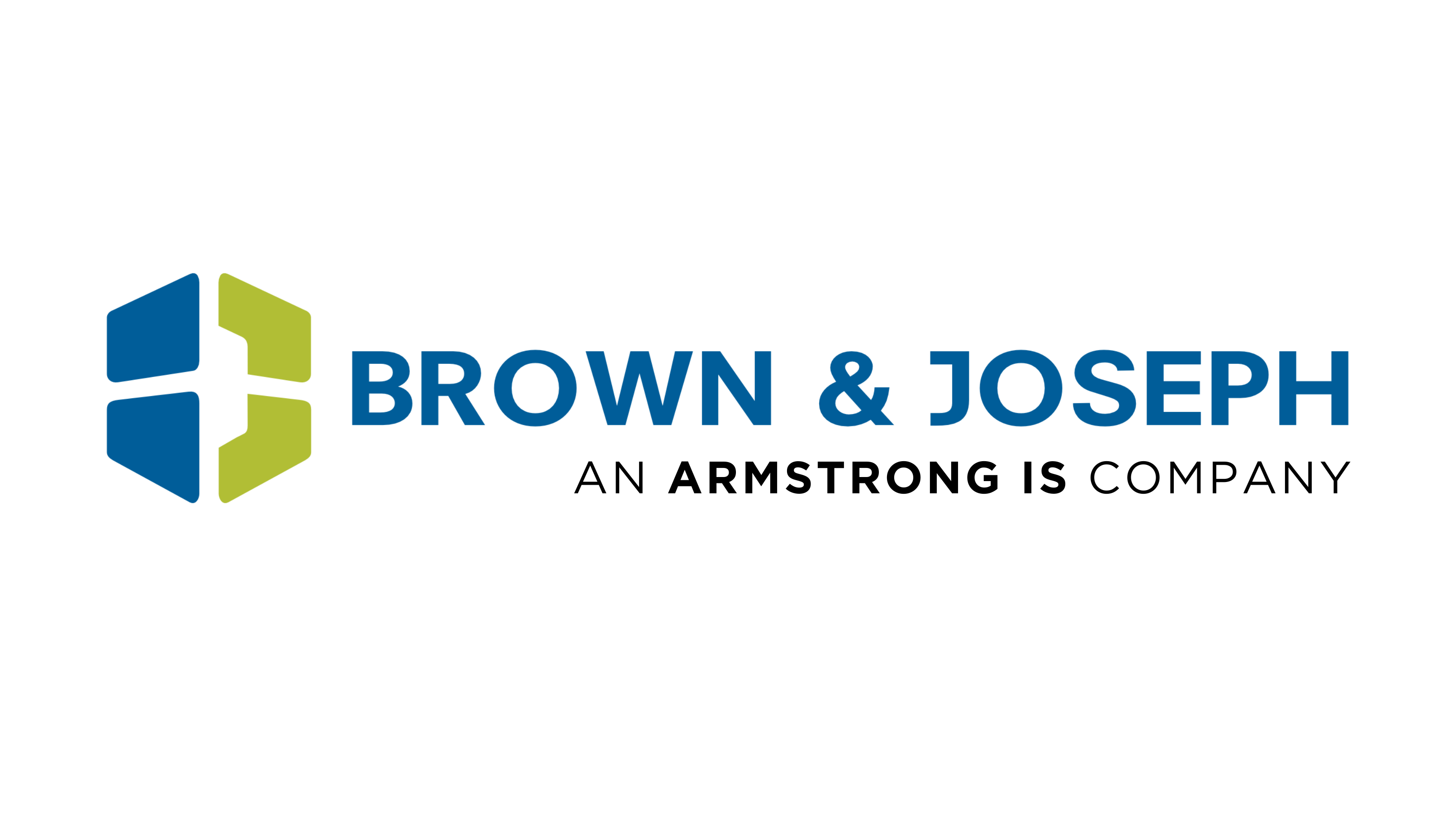Can you tell me a little about yourself and your professional background?
I’m the Chief Operating Officer at Brown & Joseph. My academic background is in information systems and business management. Right now, I have over 22 years of experience in operational management, process efficiency, business intelligence management, analysis, and process control. My industry focus throughout my career has been in both technology and business to business receivable management.
What are the main objectives of Brown & Joseph’s B2B receivables team?
Our receivable and collection team are a wing of our client’s. We are not a separate entity, so we act as an extension of our client. Our primary objective is to do the liquidation, which in turn reduces the write-off for our clients. Our secondary objective is to identify when there is a write-off, what are the reasons behind the write-off. What that does is it allows our clients to make informed decisions on what they need to do to collect, or maybe the trend goes down.
What role does business intelligence play in collections?
Our business intelligence team actually plays a very key role in measuring the success of both of these objectives. Our business intelligence team uses multiple business intelligence platforms. We use quite a unique workflow in our production floor, and we control the data environment. We also use a proprietary algorithm, which allows us to do quite a lot of performance and analysis to give that information back to our client.
Can you provide some examples?
A few examples of this would be, on a portfolio level, we look at a portfolio over time and how a portfolio is performing year after year, month after month, quarter after quarter. So, as the business market is changing for our client’s industry, or their market share is changing, sometimes the changes that we see at the portfolio level we are able to analyze that information and give that information back to our client.
We can also do analysis on a demographic region basis, so if one state is doing better than the other state, or if one country is doing better than another, or even if a region of a country, like north, west, east, or south, is performing better than another region, we have the ability to provide that information back to our client.
We can also do point-of-sale analysis, so as clients have their agents in the market selling their products or services, can we can do some analysis on the field agents to figure out how each agent and the agent companies are performing overall in the portfolio – if they’re injuring performance or not, if one is outperforming another, we can look at that, too.
We also do measuring against our competition if they’re using any other agencies similar to us who are performing similar services. Many times we can look at a portfolio that a client is providing us to figure out any changes that need to be made, if there’s a variation, what’s causing the variation, and, again, give that information back to the client.
We can do trend analysis. The trend will usually show when the client is placing the accounts with us. When we’re receiving these accounts, are there any changes in the trends, are the balances changing, if the age of the portfolio is changing, if there’s any change in the demographic information, we can do some analysis and provide that information to the client. Again, that information can help them make informed decisions.
How does business intelligence impact results?
Our success and reputation speak for themselves. Many of our clients are top 100, fortune 500 companies, so the expectations are high. Our performance has to be at that level, our analysis has to be at that level, so we are able to provide that information, even with these fortune 500 companies. We not only meet expectations but most of the time we exceed them. This is why most of our clients go with us on an exclusive basis when they are placing with us.




